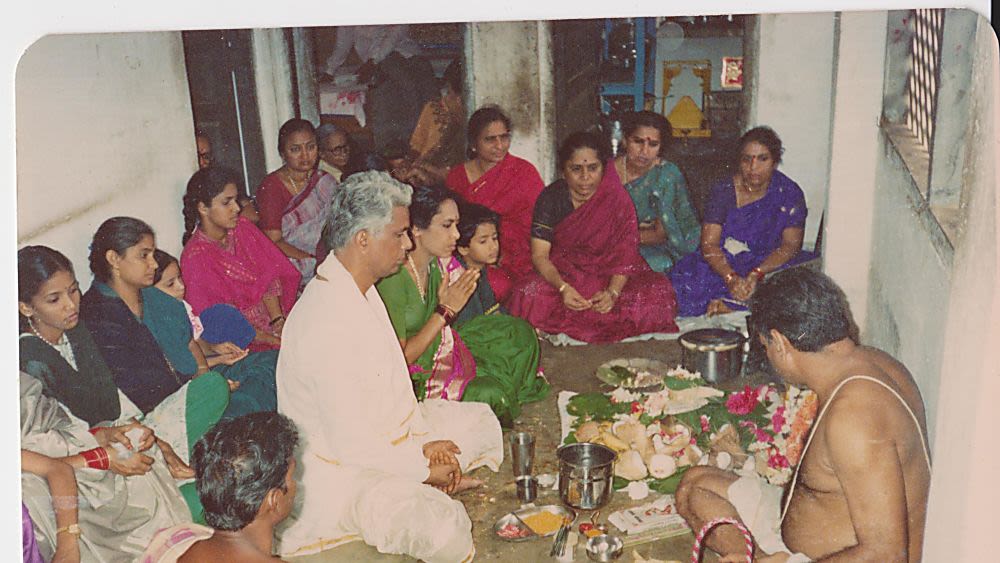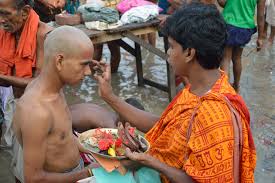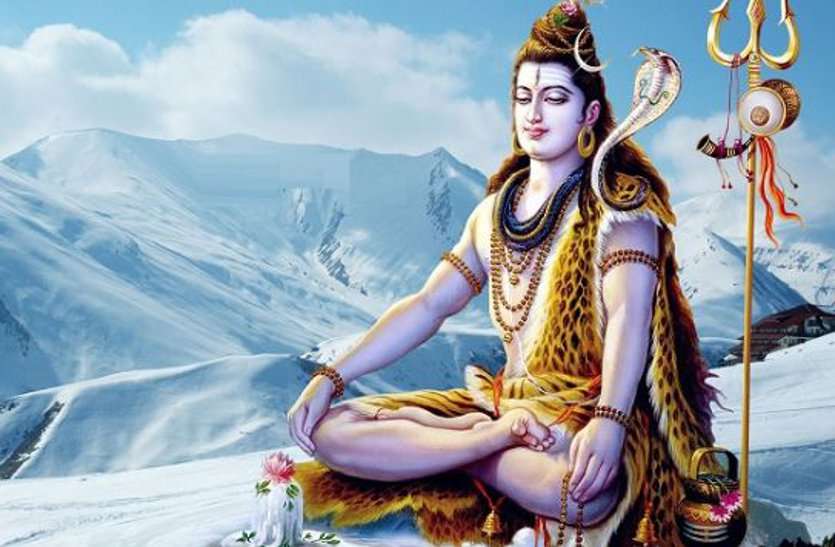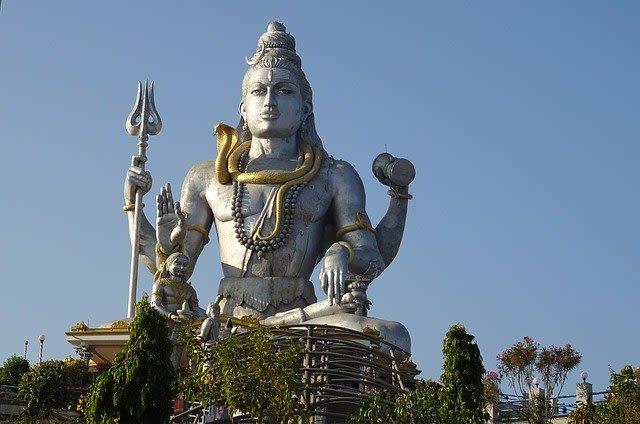Panchang - an important document to know about vara, tithi, nakshatra, karna, and yoga

Panchang in the Hindu religion has got a lot of importance. In ancient days, sages and seers with their divine knowledge studied about the position of heavenly objects and then would tell people about the auspicious and inauspicious time for performing certain rituals.
Panchang is a Sanskrit word wherein Pancha means five and Anga refers to parts. Panchang covers five parts namely vara, tithi, nakshatra, karna, and yoga. These 5 parts will help people in knowing which day or tithi would be perfect to carry out tasks especially events like marriage, naming ceremony, house warming, buying a car or a land, etc.
Astrologers believe that the Panchang calculations are quite accurate when compared to horoscope calculations. You will find people who make their travel plans and fix the dates of meeting or signing an agreement based on the Panchang calculations. Common people with basic knowledge of arithmetic can easily understand Panchanga.
As stated above about the five parts of Panchang, the tithi is nothing but date and it is based on the position of the moon. Nakshatra of a person can be identified by knowing the constellation in which the moon was traveling at the time of birth.
We all know that the earth takes around 365 and quarter days to complete one rotation around the Sun. But, the calculations are mostly based on the position of the earth and the moon thus astrologers state there is a difference of 7 days when Panchang is compared with the solar calendar. This variance is further set right by adding an extra month once in three years which is called Adhik maas.
In Panchang, the day is considered to start at sunrise and ends at sunrise of the next day whereas in English calendars we see that the day ends at midnight. So, a tithi is nothing but the time between two moon rises. As per Panchang a month starts with New moon day that is Amavasya and the first phase of the lunar month is Shuklapaksha and the other phase is Krishna paksha.











